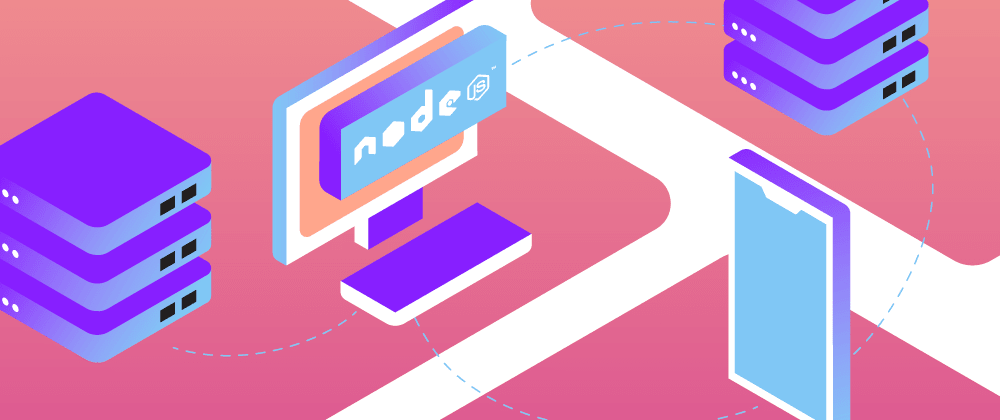

- #Nodejs http request cracked
- #Nodejs http request install
- #Nodejs http request code
- #Nodejs http request download
Feature of https module: It is easy to get started and easy to use. One great feature of the request is that it provides a single module that can make both http and https requests. request -details A tiny Node. Step 2: Create Your First App Express API.
#Nodejs http request code
Creating a two-way channel for IT solutions, node.js. The first step involved in building a Node js REST API requires you to create directories that will contain the code for the Node js REST API. A real-time API that is dynamic can be built using node.js. The http module can be used to make http requests and the https module can be used to make https requests. cacheable- request Wrap native HTTP requests with RFC compliant cache support RFC 7234 compliant HTTP caching for native Node. Node.js provides wonderful support to developers for the development of API.
#Nodejs http request download
In this example, we are making a request to download the JSPro homepage. Node.js provides two core modules for making http requests. Making an HTTP request is as simple as calling the request() function. The first line of the example is used to import request into the program. Once you have installed request, create a new Node.js file containing the code shown below.
#Nodejs http request install
You can install request using the following npm command. Its flexibility makes the request module ideal for interacting with RESTful APIs. Written by Mikeal Rogers, request allows you to make all types of HTTP requests, including GET, POST, PUT, and DELETE.

Written by Mikeal Rogers, request allows you to make all types of HTTP requests, including GET, POST, PUT, and. Streaming gzip, deflate, and brotli decompression. HTTP Proxy forwarding, optionally with authentication. Basic & Digest authentication with auto-detection.

As an example, we are going to preform a GET request to (which returns a random integer between 1 and 10) and print the result to the console. Key features: All of Node’s native TLS options, such as ‘rejectUnauthorized’. Node.js provides an extremely simple API for this functionality in the form of http.request. Here's a reduced, extremely simple example of making a HTTP request with Node.The simplest way to create HTTP requests in Node.js is by using the request module. The simplest way to create HTTP requests in Node.js is by using the request module. Needle is a lean and handsome HTTP request library for Node with only two real dependencies.
#Nodejs http request cracked
I had always heard that dealing with HTTP requests with the native Node.js API was a nightmare, but after some investigation, I found what I needed was actually incredibly easy. npm taobao registry hotshot truck rental near me outdoor lighting companies storage drawers packing tape Enterprise landscape supply buford highway discord dungeons commands shoes for wide feet express vpn apk cracked 2021 hd hr holden garage Fintech non toxic hair salon san diego algebra 1 assessment book answer key rv lots for. I also get the feeling you can do response. But the drawbacks is that, it is not too user friendly like the other solution. One great feature of the request is that it provides a single module that can make both http and https requests. All request listener functions in Node.js accept two arguments: req and res (we can name them differently if we want). I knew that request was able to give a JSON body but the documentation really wasn't clear on that part Saves doing a redundant parse. NodeJS have built in HTTP module to make network request. The http module can be used to make http requests and the https module can be used to make https requests. I usually use the popular request module, available on npm, but I wanted to avoid external dependencies outside of the testing library. Node.js provides two core modules for making http requests. There's a service that does provide those credentials, but that requires that I make a HTTP request from inside a test helper. MDN has used its own Persona login service for years, and since many key features of MDN require login (and subsequent account creation), it was important that I have a way to get test credentials. I'm using Intern, a JavaScript-based WebDriver API created by my former employer SitePen. I'm currently working on adding client-side testing to the Mozilla Developer Network (MDN).


 0 kommentar(er)
0 kommentar(er)
